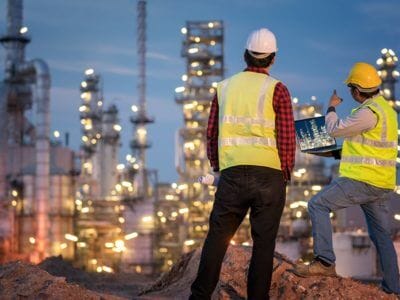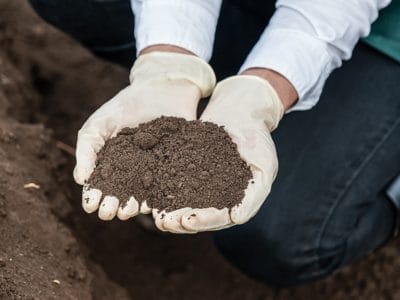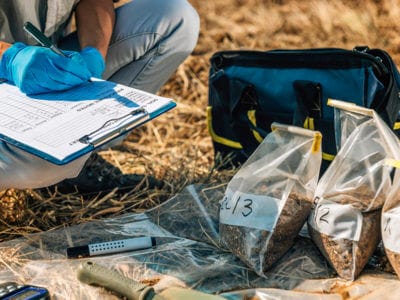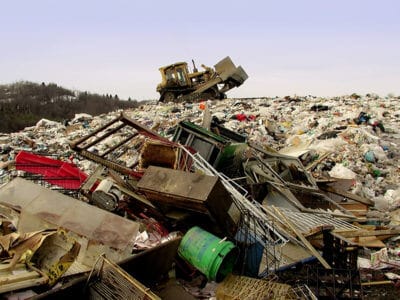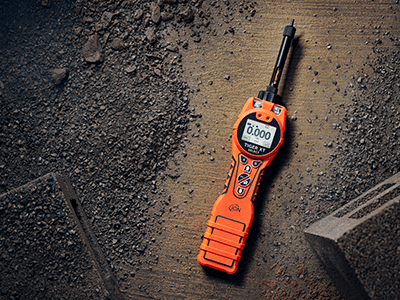
An Introduction to Field-Based Contaminated Land Measurements
Portable photoionization detectors (PID) have become an important tool in the management of many contaminated land remediation projects and the following guide will explain the reasons behind their popularity, despite the challenges presented by fieldwork.
Hydrocarbon Contamination
Hydrocarbon contamination is frequently encountered in site investigations at brownfield sites, where elevated concentrations of oil and petroleum hydrocarbons in soil and groundwater systems present a risk to human health and the environment.
Hydrocarbon contamination is therefore one of the most common forms of pollution, which explains why portable photoionization detectors (PIDs) are the most commonly employed tool in the screening and characterization of potentially contaminated sites.
The more significant groups of hydrocarbons that are either indicative of oil-based pollution or represent a significant human health or environmental hazard are BTEX (benzene, toluene, ethylbenzene, and xylenes) and PAHs (polycyclic aromatic hydrocarbons).
Portable PIDs can be used to test the air surrounding a potentially contaminated sample, or the sample of water or soil may be contained within a tube, jar or sample bag so that the VOCs are allowed to volatilize and accumulate. The PID can then be used to test the headspace inside the sample container.
Download our FREE Guide
“An Introduction to Field-Based Contaminated Land Measurements”
The following guide will explain the reasons behind the popularity of PID, despite the challenges presented by fieldwork.

Related Guides
An Introduction to Field-Based Contaminated Land Measurements
Download your FREE Guide
Simply complete the form below to obtain your FREE Guide on “An Introduction to Field-Based Contaminated Land Measurements’.

